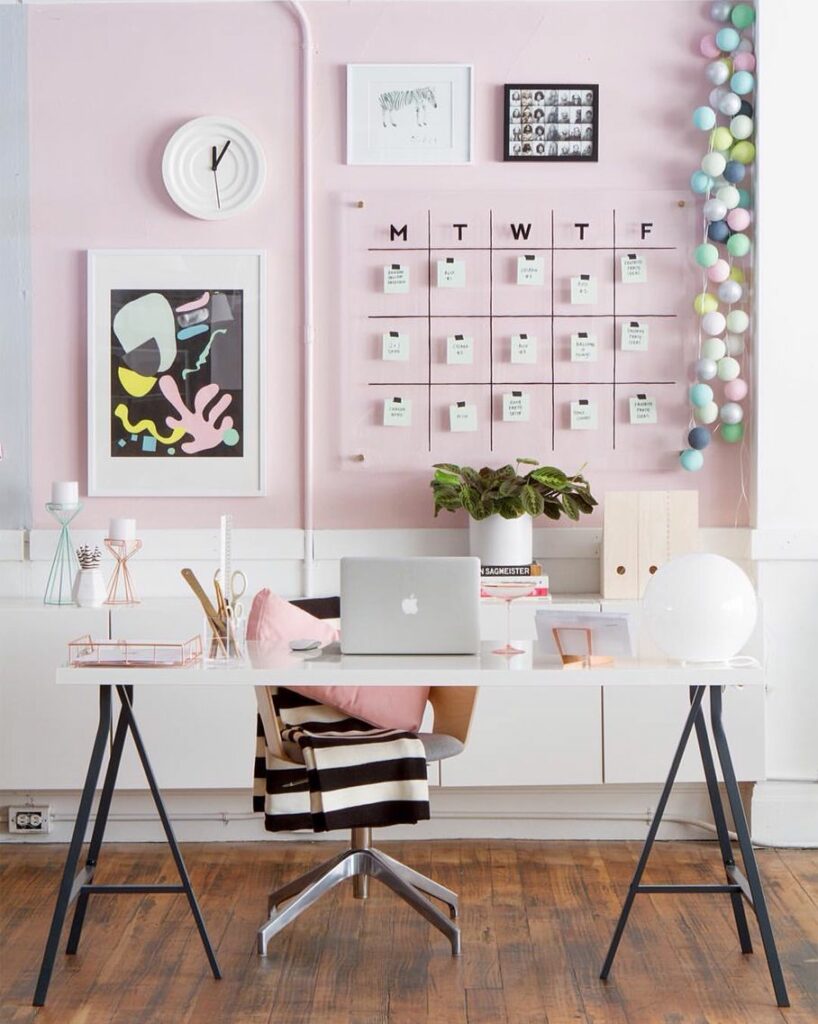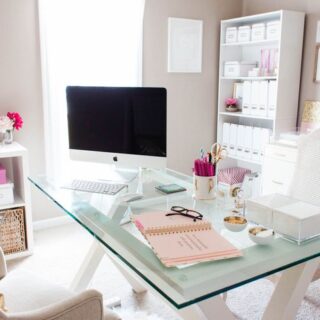Remote work is no longer just a temporary trend—it’s a lifestyle. Since the pandemic, businesses across the world have embraced the home office setup as a viable, even profitable, long-term solution.
Companies may be cutting costs. You’re the one navigating new routines, unexpected distractions, and an evolving relationship with your living space. So how do you stay productive without losing your mind?
Here are five practical, sanity-saving tips to help you adjust to working from home and actually enjoy it.

Businesses have seen the benefits and advantages of working from home, especially when it comes to profit. This setup has drastically decreased the company’s operational costs. That’s some positive news for them.
1. Stick to a regular work schedule
It’s tempting to roll out of bed at 9:59 a.m., coffee in hand by 10. But without structure, your productivity—and mental health—can quickly unravel.
- Start and end work at the same time each day
- Include regular breaks and a lunch hour
- Schedule tasks in blocks using tools like Trello or Notion
Having a routine trains your brain to focus and gives your day purpose—especially when your couch and TV are just meters away.
Also read: How to Master Your Daily Routine
2. Emulate your office environment
Set the scene. You don’t need a full home office, but you do need a dedicated workspace that separates “work mode” from “chill mode.”
- Choose a quiet, clutter-free corner
- Use a supportive chair and a proper desk if possible
- Keep cables tidy with sleeves or clips (no one needs a trip hazard!)
- Stock it with the essentials—notebooks, chargers, pens, even a plant or two
Investing in a good setup shows you take your work seriously—even if your cat joins your Zoom calls.
3. Get dressed like you mean it
Yes, pyjamas are comfy. But getting dressed signals to your brain that it’s time to work—and it does wonders for your confidence too.
- Wear something casual but smart
- Put on makeup or style your hair if it lifts your mood
- Use your morning routine to mentally “arrive” at work
No one’s saying you need heels or a blazer—just get out of the mindset that loungewear equals lounge time.
Related: How Fashion Can Influence Your Mood

4. Don’t skip your breaks
It might feel like you need to “prove” you’re working hard—but skipping breaks actually leads to burnout.
Instead:
- Use the Pomodoro technique (25 mins work, 5 mins break)
- Step away from your screen every hour
- Take lunch in another room
- Get outside—a walk around the block can refresh your perspective
Breaks aren’t lazy. They’re smart. Your brain needs space to reboot.
5. Set boundaries at home
This might be the trickiest part. Whether you’ve got chatty flatmates, noisy kids, or a partner who “just needs one ”thing”—boundaries are key.
- Share your working hours with those you live with
- Create a “do not disturb” signal (like headphones or a sign on the door)
- If needed, book childcare or set quiet activity times for kids
You’re not being rude—you’re protecting your focus. And when the workday ends, you’ll be more present and available for those around you.
Explore more in How To Set Healthy Boundaries at Home

Final thoughts: Make remote work work for you
Switching to a home office setup doesn’t mean sacrificing your sanity, social life, or self-care. It’s about finding new rhythms and routines that support your productivity—and your peace of mind.
Start with structure. Add a splash of comfort. And most importantly, give yourself time to adjust. You’re not just working from home—you’re thriving in your own space.
Related Lifestyle Reads:














